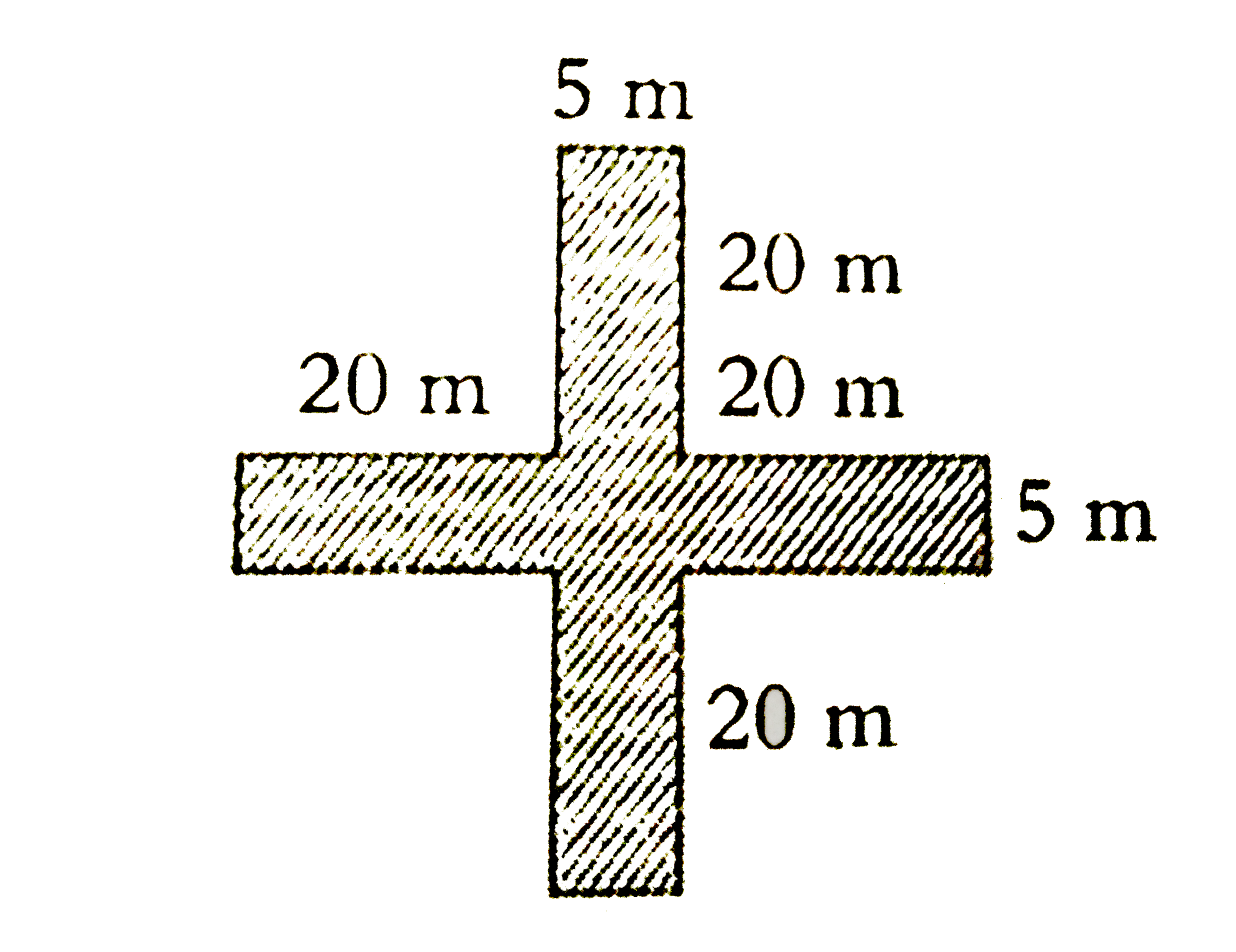Text Solution
The correct Answer is:a→r;b→s;c→p;d→q
[→a→b→c]=2
⇒[2→a×→b 3→b×→c →c×→a]2=6×4=24
b. [→a→b→c]=5
⇒[3(→a+→b)→b+→c2(→c+→a)]
6[(→a+→b)→b+→c(→c+→a)]=12[→a→b→c]=60
c. Given 12∣∣→a×→b∣∣=20
12∣∣(2→a+3→b)×(→a−→b)∣∣
52×40=100
d. Given ∣∣→a×→b∣∣=30⇒∣→a+→b)×→a|=|→b×→a∣=30
|
Similar Questions
Find the area of the figure given below.

View SolutionThe area of the shaded part in the figure given below is ______.

View SolutionThe inequation represented by the graph given below is :
View SolutionThe inequation that best describes the graph given below is _________
View SolutionThe inequation that best describes the following graph is _________
View SolutionWhich inequations represent the shaded region in the given figure
View SolutionIn the chemical reactions,
ltimg src="https://d10lpgp6xz60nq.cloudfront.net/physics_images/JM_10_CHE_P1_E01_009_S01.png" width="80%"gt
the compounds 'A' and 'B' respectively are
View SolutionMatch the followings (column I with column II)
ltimg src="https://d10lpgp6xz60nq.cloudfront.net/physics_images/NCERT_BIO_XI_C03_E01_011_Q01.png" width="80%"gt
View Solution


